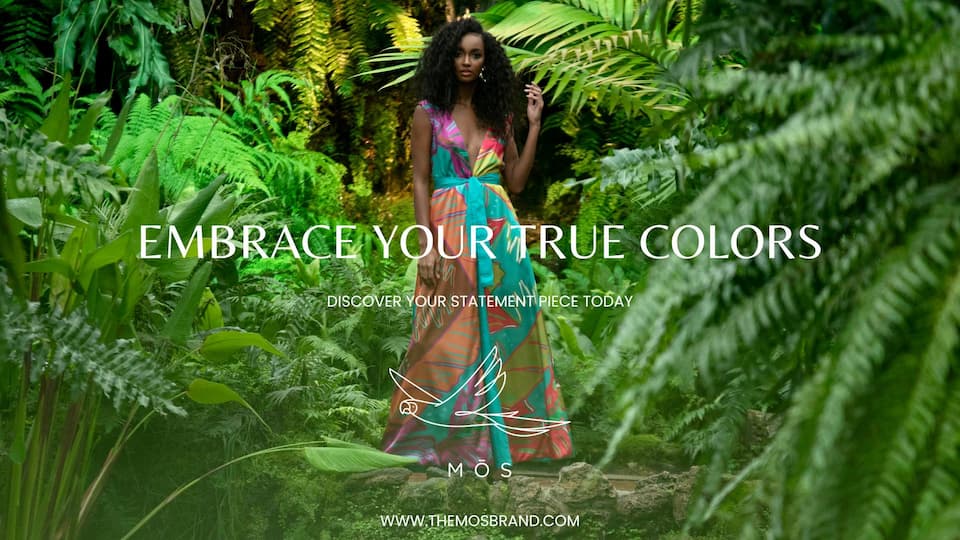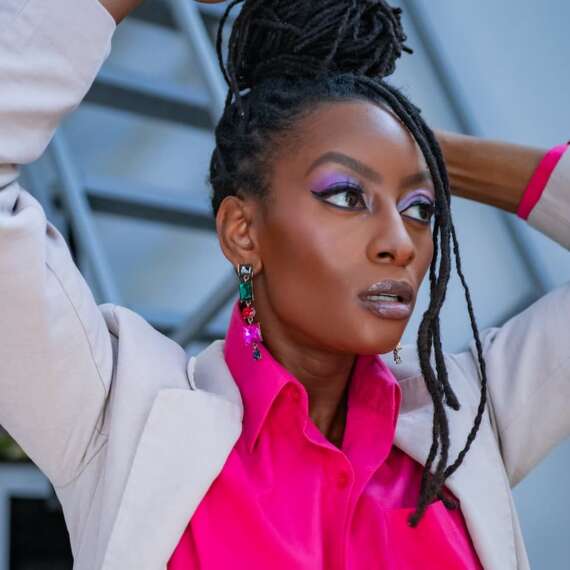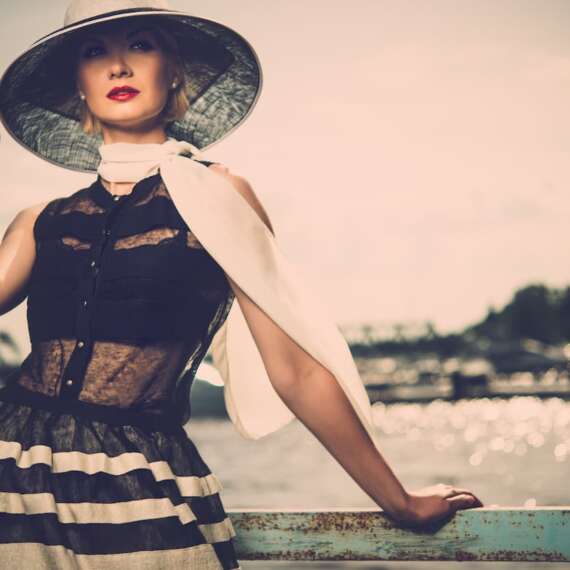Fashion loves speed. It rewards the first mover, the viral moment, the instant sellout. But behind every flash of success is a question that matters more: can it last? The industry’s obsession with what’s next has created a landscape littered with what once was. To build something that endures, you need more than attention. You need alignment—between story, structure, and soul.
A lasting brand doesn’t chase relevance. It defines it. When you look at labels like A.P.C., Patagonia, or The Row, what they share isn’t aesthetic similarity but consistency. They evolve, but they don’t reinvent themselves every season. Their coherence builds trust, and trust builds time. The paradox of longevity is that it feels effortless, but it’s always engineered. Beneath the calm surface lies an obsessive commitment to values that outlive trends.

The first step is emotional durability. That means designing products and stories people want to keep, not just collect. Psychologists studying consumer attachment call it the “endowment effect”—once someone feels ownership, even of an idea, they value it more deeply. When your customer identifies with your purpose, not just your product, the relationship becomes personal. Think of how a worn pair of Levi’s becomes more meaningful with age, or how a Patagonia jacket carries moral weight as much as functional warmth. Longevity starts when people feel part of your story.
Slow scaling protects that story. Growth that comes too fast can distort your purpose. The fashion industry is full of brands that expanded prematurely—chasing wholesale deals, new categories, or celebrity collaborations before building a foundation strong enough to handle visibility. A slower pace allows coherence to solidify. It gives you time to understand what people truly connect with before multiplying it. As designer Rick Owens once said, “If you do one thing well, keep doing it.” Repetition, done with refinement, is how heritage is made.
But endurance isn’t about resisting change—it’s about mastering rhythm. A long-lasting brand knows when to move and when to pause. That balance between innovation and restraint is where staying power is built. You see it in how Hermès releases subtle updates to timeless designs instead of chasing hype drops, or how Telfar shifts between accessibility and exclusivity with control, not chaos. The goal isn’t to surprise your audience constantly. It’s to make them feel grounded in your evolution.

Modular thinking helps. Design pieces that work across time and context. Create collections that build on each other, not replace one another. In an age of overproduction, modularity signals intention. It allows customers to curate rather than consume. Issey Miyake’s Pleats Please line has survived for decades because it fits changing lives, not just seasons. It’s timeless not because it resists time, but because it moves with it.
Metrics matter too, but not all of them. Virality and volume are tempting indicators of success, but they’re not sustainable ones. Track cultural resonance instead—how often your name appears in meaningful contexts, not just in hashtags. Measure repeat customers, not just new ones. Monitor community engagement beyond social metrics. Are people discussing your values, your process, your why? If they are, your brand has entered the cultural bloodstream, and that’s worth more than a million likes.
Purpose-driven communities are the new infrastructure of longevity. The brands that last treat their audience not as buyers but as builders. Look at how Pangaia or Veja cultivate transparency around production and sustainability. Their followers don’t just wear the product—they defend it, promote it, and help shape its future. This is the power of co-creation. When you build with your community, you multiply your brand’s lifespan because its meaning no longer depends solely on you.

There’s also a philosophical truth worth remembering: durability isn’t about resisting decay; it’s about aging well. Fashion that lasts isn’t immune to change—it embraces it gracefully. That’s why legacy houses like Ralph Lauren or Prada remain relevant. They absorb culture without losing identity. They’ve learned that timelessness isn’t static. It’s adaptive. And in a world moving faster than ever, adaptability feels like luxury.
For you, the challenge is simple but not easy. Focus on building something that can withstand silence. Ask whether your brand still makes sense without hype, without algorithms, without noise. If it does, you’re already ahead. The next generation of fashion won’t belong to whoever moves fastest—it will belong to whoever moves with purpose. Because when the trend cycle fades, what remains isn’t just a product. It’s meaning stitched into time.











